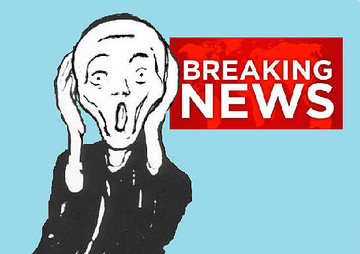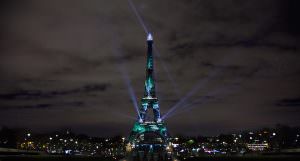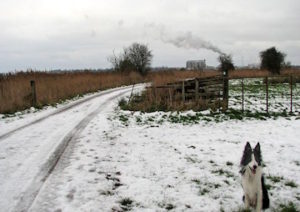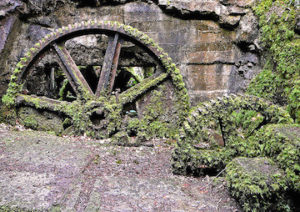Winners and Losers in Our New Media Moment
Remarkably often these days, the “news” is a single hyped-up story reported frenetically and yet formulaically, often in near-apocalyptic fashion. Mike Licht / CC BY 2.0
1
2
3
Mike Licht / CC BY 2.0
1
2
3
Another obvious measure, at least when it comes to mass shootings, is gun sales. After San Bernardino and the usual apocalyptic coverage, Americans once again flocked to gun stores to arm themselves. Sales of firearms soared (as did the stock prices of gun makers).
Consider the irony of this. Despite the millions of Americans now “carrying” and the many millions more with guns in their homes, I doubt that an armed citizen has made any difference in any major mass shooting incident. Instead, what all those weapons stored in homes ensure is further death and tragedy-to-come, as any grasp of the true dangers of American life would suggest: new suicides, new wife and girlfriend killings, new toddler shootings, and of course more weaponry potentially available for new mass shootings.
For all of this, the media now bears a certain unacknowledged responsibility. Above all, single-event news throws our American world — and particularly its dangers — out of whack, while playing into irrational fears and prejudices. It helps create news of its own in an increasingly unbalanced country. What it doesn’t offer is perspective.
Now, it’s true that such 24/7 screen experiences are hardly a new phenomenon. I remember well, for instance, the day that President Kennedy was assassinated. I was a college student, sitting in a hole-in-the-wall burger joint when someone stuck his head in the door and said, “The president’s been shot.” And I can remember us all later gathered in disbelief around a television set in the basement of our dorm — there were so many fewer screens then — to watch that 24/7 version of the news. But the occasions on which such things happened were so rare as to be unforgettable.
Though different people might date the onset of our present in-your-face era of news differently, it first made it onto my radar screen with the bizarre spectacle of the 1994 O.J. Simpson “low-speed” car chase. It proved that, with the right elements — in this case, a black former Hall of Fame football star and movie actor accused of killing his white wife — you could glue eyes to any kind of onscreen inanity, including cars creeping along a highway for an hour. You could even draw viewers to “the news” from major televised sports events. It would prove a potentially winning formula for the onrushing world of cable news.
In purely practical terms, it’s easy enough to see why the O.J. paradigm has become such a winner and why just about every few weeks now we seem to experience the equivalent of a Kennedy-assassination-style news experience. After all, it’s no secret that staffs in the news world, whether for television or newspapers, have been shrinking. Watch NBC Nightly News and sooner or later you’ll be struck by the way, night after night, the remarkably able Richard Engel, the show’s “chief foreign correspondent,” feels like almost the only foreign correspondent in town, whatever town happens to be in the news anywhere on Earth.
Obviously, if you can focus most of your resources 24/7 on a single story, especially one like a mass shooting where the formula for reporting it is already well tested, it’s going to be far cheaper and more efficient to cover, and when it comes to garnering eyeballs, it’s proven to “work.” It produces ratings. And in that (dare I say it) context, the difficulty of keeping an audience in a world of endless screens, sensations, and sensationalism is clearly a major factor in turning the news into a machine for cranking out instant horror movies.
It’s so understandable, even sensible, after a fashion. That it also helps create a world of imbalance and delusion, and that those delusions help disorder our world in new ways, seems beside the point. There’s no need for the media to take responsibility for any of this. It’s not part of the job or a subject that’s considered in much need of discussion by… well, the media.
Media Trumpery
And let’s not forget another crucial element of this in-your-face media environment: America’s evolving 1% elections and the news landscape that now dominates them. Once upon a time, presidential elections started with the first primaries in the early spring of an election year, revved up with summer party conventions, and went into high gear in the fall, ending on November 4th, Election Day.
Your support matters…Independent journalism is under threat and overshadowed by heavily funded mainstream media.
You can help level the playing field. Become a member.
Your tax-deductible contribution keeps us digging beneath the headlines to give you thought-provoking, investigative reporting and analysis that unearths what's really happening- without compromise.
Give today to support our courageous, independent journalists.




You need to be a supporter to comment.
There are currently no responses to this article.
Be the first to respond.